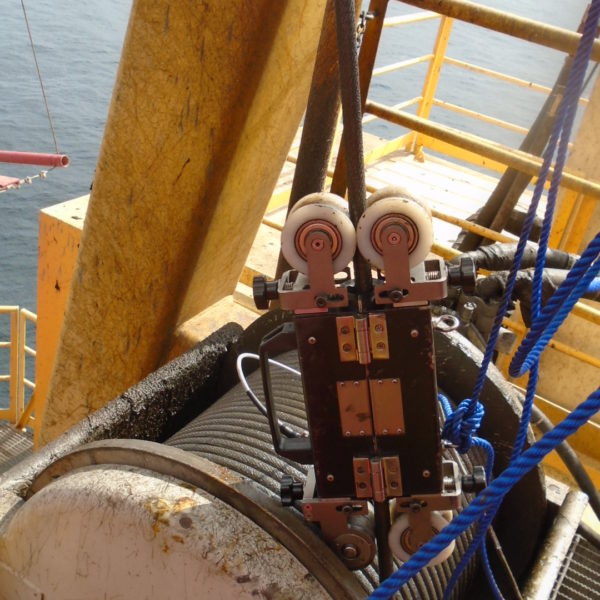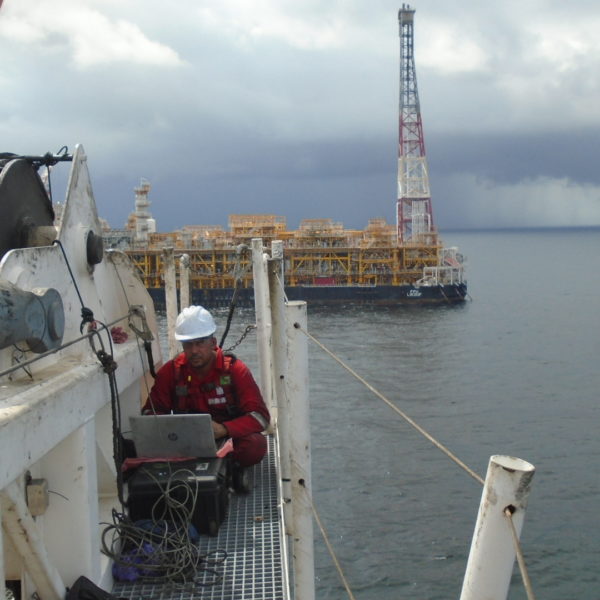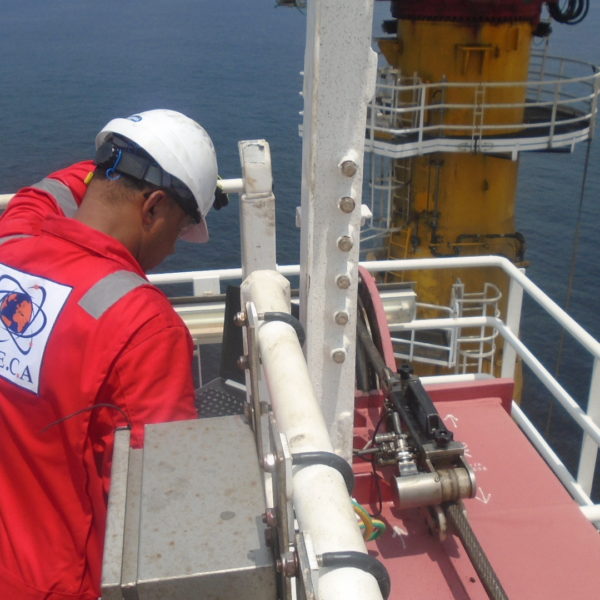EMAT
EMAT (Electro-Magnetic Acoustic Transducer) is an advanced ultrasonic technique that enables non-contact ultrasonic testing, particularly useful for on-stream piping, boilers, tanks, and high-temperature equipment.
Unlike conventional ultrasonic testing, where sound is generated within a piezoelectric crystal, EMAT generates the ultrasonic wave directly within the test piece using the interaction of magnetic fields and eddy currents. This allows for precise inspection without the need for couplants or direct surface contact.
Benefits of EMAT Testing
- Suitable for high-temperature and in-service inspections
- Works through coatings, rust, and paint
- Non-contact and fast scanning capability
- Capable of generating multiple wave modes:
- Longitudinal Waves
- Shear Vertical (SV) Waves
- Shear Horizontal (SH) Waves
- Lamb Waves
- High repeatability and less prone to operator error
- Enables full-coverage scanning of critical assets while in operation
MRT
Magnetic Rope Testing (MRT) is a non-destructive method for detecting internal and external flaws in wire ropes. It uses a magnetic field and sensors to identify defects such as broken wires, corrosion, abrasion, deformation, and fatigue that may compromise the rope’s strength.
The inspection device generates a magnetic field within the rope, and any irregularities create flux disturbances, which are detected by Hall Effect sensors or induction coils. This allows accurate assessment of the cross-sectional metal loss, enabling evaluation of the rope’s residual load-bearing capacity and service life.
Benefits of MRT
- Detects internal/external damage without rope disassembly
- Quantifies remaining strength and cross-sectional loss
- Supports compliance with ISO 3154 and EN 12927-8
- Enhances safety and reduces unplanned replacement costs




